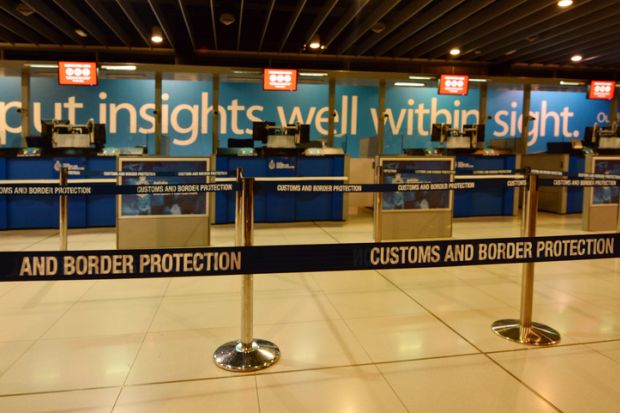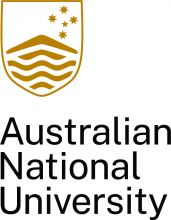Clearer residency rules will not necessarily boost overseas students’ prospects of remaining in Australia, and consequently may not give the international education industry the fillip it is hoping for, a leading policy analyst has warned.
Australian National University researcher Andrew Norton said changes to migration settings may offer greater clarity but ultimately reduce overseas students’ chances of securing permanent residency (PR).
For example, awarding migration rights on the basis of income rather than capacity to fill fluctuating skill shortages – a move suggested by the Grattan Institute thinktank, which proposes a PR “pathway” for foreign workers earning more than A$70,000 (£40,000) a year in Australia – could rule out many international students.
“Their earnings in the time they’ve got in Australia may not be equivalent to that [threshold],” Professor Norton said. “Even though the rules might be clearer, it doesn’t necessarily increase their chances of getting PR in the long run.”
In a keynote address to open a Melbourne symposium, Professor Norton explored what federal government reviews might mean for Australia’s international education sector. He highlighted the migration review, which has been tasked with designing a system to “complement Australia’s education and training systems and the skills of Australians”.
This raised questions including whether international graduates would be included in any degree-completion targets likely to be set under Australia’s planned universities “accord”, and whether university places might be reserved for Australian students as a mid-2020s demographic bulge pushed up domestic demand.
Professor Norton said the migration review would have far more influence than the universities accord on the international education sector. “Education does not set migration policy,” he told Times Higher Education. “This needs to be watched carefully from the international education point of view.”
Australian international education lobbyists bemoan the lack of transparency in a migration system plagued by opaque visa processing and contradictory post-study work arrangements. While the government has continually boosted work rights for overseas graduates, it has maintained a system that forces would-be students to prove that they have no intention of staying in Australia after graduation.
Professor Norton highlighted other contradictions in the relationship between international education and migration. While it is claimed that as few as 16 per cent of international students remain in Australia after their studies, the possibility of migration motivates around two-thirds to choose Australia as a study destination.
And while some figures suggest that international students are transitioning to PR at lower rates than in the past, others indicate that the number of people moving from student visas to PR has increased.
Professor Norton said demand from international students was strong and government “migration signals” were positive. But as the students returned in increasing numbers, so would “old” controversies around English standards, soft marking and cheating.
Meanwhile, increasing overseas enrolments inevitable meant a lower success rate for those hoping to stay. “Uncapped temporary visa programmes and capped [residency] quotas will always limit [the] certainty of PR pathways,” Professor Norton warned.
Register to continue
Why register?
- Registration is free and only takes a moment
- Once registered, you can read 3 articles a month
- Sign up for our newsletter
Subscribe
Or subscribe for unlimited access to:
- Unlimited access to news, views, insights & reviews
- Digital editions
- Digital access to THE’s university and college rankings analysis
Already registered or a current subscriber? Login










